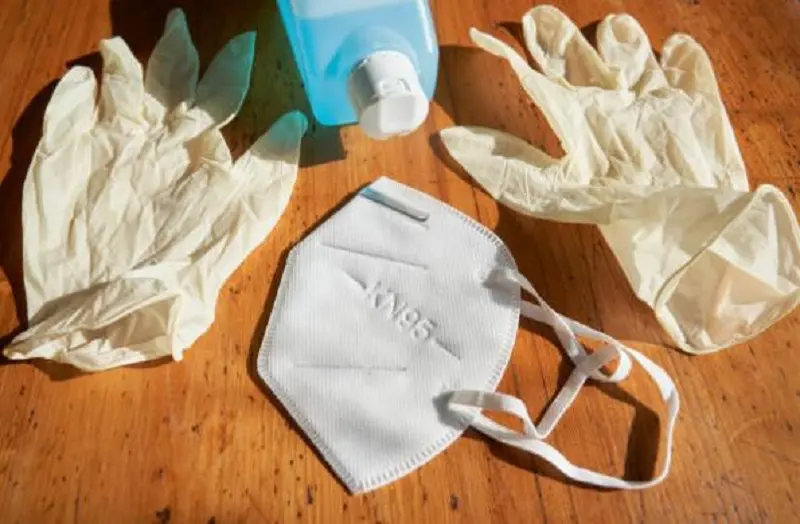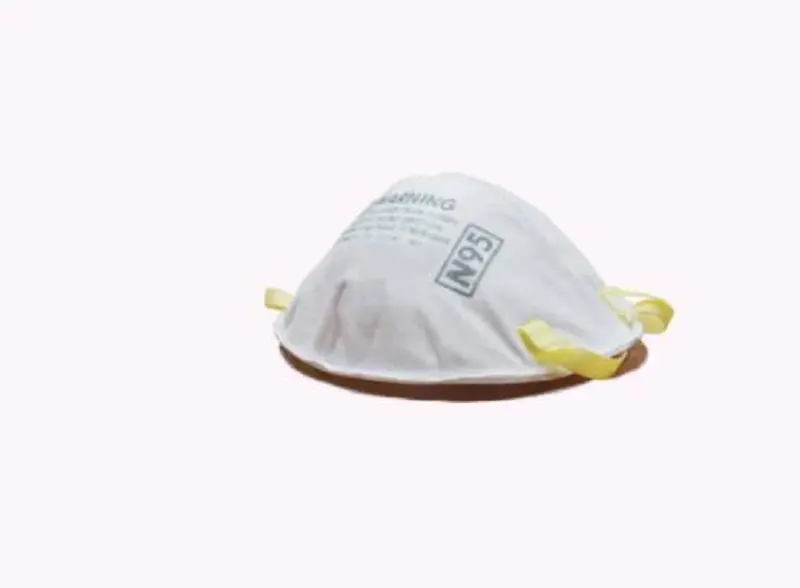How different are N95 masks different from KN95 masks? Here is everything you need to know about N95 and KN95 masks: similarities and differences.
The World Health Organization and other health agencies in the US have taken the lead in urging people to wear masks. They say that this mask-wearing habit will help slow down the spread of COVID-19. This has led to an increase in demand for masks. Many companies here in the US have now ventured into the business of making and importing masks.
To deal with the acute shortage of face masks occasioned by COVID-19, the general public has been advised not to use respiratory masks. Respiratory masks such as the N95 masks have a high filtration efficiency of at least 95% and are therefore better left for use by health care workers and medical responders.
Through this in April, the CDC authorized the use of KN95 masks as a suitable substitute to N95 masks.KN95 respirators can be easily confused with N95 respirators. They should not.
Like N95 respirators, KN95 masks have a filtration efficiency of at least 95% for non-oily substances. This means that this type of respirator is able to trap 95 out of 100 particles. Just like N95 respirators, these masks can protect against microns that are greater than 0.3 μm in. diameter. These droplets are even smaller than the particles created when we talk, cough, or sneeze.

When it comes to design, both KN95 and N95 masks are made of multiple layers of synthetic material and are designed to cover the mouth and nose. Polypropylene plastic polymer is the typical material used in the making of these respirators. This design makes them great at trapping airborne particles like viruses and bacteria and prevent them from entering your mouth or nose. N95 respirators filter out small particles by the use of electrostatic charge.
KN95 masks also undergo a rigorous 'fit testing' in China before being approved and certified for use. This test checks how well the mask fits around the wearer's face. The ear loop method of wearing KN95 masks makes them be considered more comfortable to wear than N95 masks. Users of KN95 masks claim they are easy to put on and put off.
As they are made in China, K95 masks are regulated under performance standards GB2626-2006, GB2626-2019, and GB19083-2010. GB means China standards. These standards are the equivalent of the European standard BSEN149:2001+A1:2009 for FFP2 facemasks and the American N95 standard. These standards demand that a KN95 mask must go through a 'fit testing' before they are approved for use. To pass this test, the standard requires that the mask has a less than 8% leakage. This is not required of N95 respirators.
N95 masks are regulated and certified by the National Institute for Occupational Safety and Health. The National Institute for Occupational Safety and Health, part of the CDC, is mandated to conduct research and make recommendations to prevent work-related accidents, injuries, and illnesses. These guidelines cover the design, making, use, re-use, and disposal of N95 respirators.
As per the guidelines provided by NIOSH, N95 masks are not to be used by the general public. They should be a preserve of health care workers and other frontline medical responders. Like KN95 respirators, N95 masks should not be shared.

Compared to KN95 respirators, N95 masks have stronger breathability standards. The requirements for pressure drop while inhaling and exhaling are slightly stricter.
In conclusion, apart from the country of manufacture and certification standard, an authentic KN95 mask is as effective as an authentic N95 respirator. After CDC authorized the use of KN95 masks in place of N95 masks, the market has been flooded with counterfeit KN95 masks. You should exercise caution when buying KN95 masks. The CDC has provided guidelines on how to spot a counterfeit respirator. These guidelines can serve as your buying guide.

